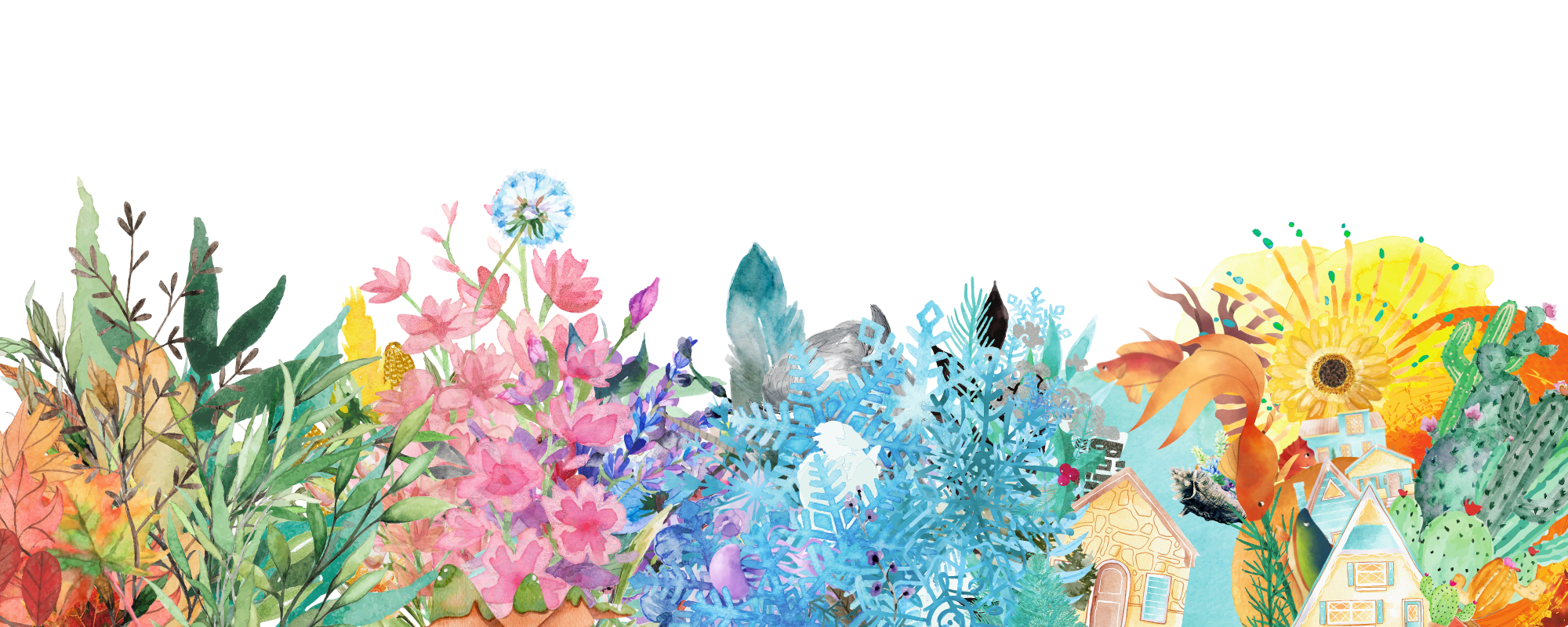Pantheon Introduction - The Four Dieties
The pantheon of The Four Kingdoms is as simple as it is complex. At the heart of the pantheon, you have The Four Deities. I’m sure you can guess more or less who they are. The Spring Goddess, the Winter Deity, the Summer Goddess, and the Autumn Deity. Each deity has their own personality. Their domains. The directions they tend to go. If you go to a town in the Winter Kingdom, you can bet good money on the town worshipping the Winter Deity. Don’t know why you’re betting on that, but you’ll get good money out of it.
This is where the simplicity ends.
Because each deity has dozens of underworships, religions based around one aspect of the deity in question. The Summer Goddess is worshipped as the Radiance, the Woman of Woe, the Raywalker, Paxathi. The Radiance is very different from the Woman of Woe. The Radiance is a being of light and strength, the sun setting on a day’s hard work, the sun’s rays spilling over the mountains the next day with all the security of a fact of the world enduring; she rewards the devote with stalwart dedication and straightforward, truthful living. The Woman of Woe revels in chaos and destruction, a creature of erupting volcanoes and weeping lovers, shifting sands and burning sun; her followers sow trickery and sometimes outright misfortune wherever they go. The Radiance is the Summer Goddess. The Woman of Woe is the Summer Goddess. But the Radiance is most definitely not the Woman of Woe and while the followers of both underworships will share things in common and some camaraderie as a result, they are also likely to be at odds in some of their beliefs.
And the same goes for every deity.
So I shall explain the core traits of each deity and the underworships with the biggest influence. However, these traits are fluid as all hell and so is something so ephemeral as influence. And you might follow an underworship that is a bit more obscure (cough cough, a god from a different setting or of your own creation that is modified to fit into the pantheon) than those listed here.
Flowers are sacred objects and gifts from the Lady
Love freely given is the most precious thing in this life
Love required will atrophy and rot the soul
That which is grown will give you growth
You must cultivate that which you care about in order to thrive
Sometimes you must kill that which you have cultivated in order to further grow
Spring is a sacred time
Kindness to other beings is essential to prosperity
Why worship an aspect of a god when you can worship the whole deity but only the parts you like
Considered an underworship rather than a main faith by most people due to its central and core beliefs in the sanctity of the Spring Kingdom and ironically, due to its insistence on spreading the ideas of worshiping the main deity rather than an underworship
Try to tell them they’re an underworship and they will try to fight you
God helps those who help themselves :):)
What doesn’t kill you makes you stronger :):):):):)
For real tho, sometimes all we have is our own strength and in our own strength there is a beauty and a freedom more sacred than anything else in this world
The winter is hard but it makes the warmth all the more precious
You band together in the face of hardship in order to bring warmth to the cold
You destroy anything that would take that from you
People’s stories must be recorded so that they will be remembered
Remembrance = living on after death
Not necessarily a faith of learning or sharing info, more like hoarding it.
Light must be shined on every darkness
It is holy to live life in a straightforward manner and to endure the hardships of the world
Suffering is universal and is therefore sacred
What doesn’t kill you makes you broken inside :)
But that makes you stronger in the long run
Chaos can be fun if you lean into it
Be gay, do crimes
The only thing that is constant is change
Since there is no truth, there is no reason to refrain from manipulating others’ perception of reality
Paxathi was originally a mortal and achieved the ultimate change into a god
The water is a sacred source of life and death
One of the most predictable aspects of life is the unpredictable
Learn to dance in the storm :):)
You may not be able to see the source of the tides, but it will pull nonetheless



Comments